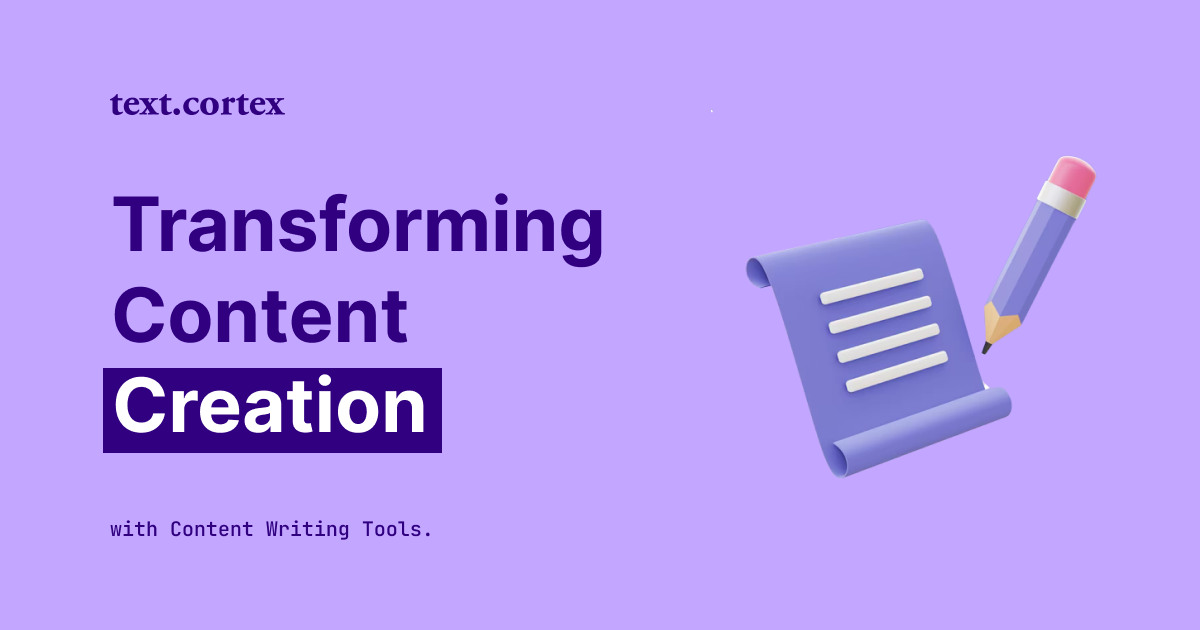Do you find it difficult to deal with an avalanche of mistakes that constantly spoil your writing?
After hours of pain and sweat writing your article, there it is — an error screaming at your face, just a second after you hit “publish”.
I bet you got through that same feeling at least once, right?
But, this is not the only scenario that is showing up down the writers’ road.
You would not believe how many times writers make the same mistakes when creating content for their audience.
With that in mind, we’ve put together a list of the top 13 content writing mistakes including helpful tips on how to avoid them before you embark on your next piece of content.
Let’s get straight into it!
13 Content Writing Mistakes To Avoid - We'll Teach You How
There’s no hiding from it — writing truly compelling content takes skill, technique, and experience.
It's critical to understand how to identify content writing mistakes that you’re making before you avoid them when writing your next article.
Let me help you out with that.
1. Not Knowing Your Audience
It is completely ok to have a favorite topic for your article, but that doesn’t mean that your audience will be interested to read about it.
If you want your audience to read your articles, you need to know who you’re writing those articles for.
People are reading articles because of 3 things:
- To find a solution to a particular problem
- To get familiar with the latest trends and updates regarding the subject
- Because that article looks like it’s written specifically for them — “This is for me, I must check it out!”
Get to know your audience based on analytics and buyer personas to avoid this content writing mistake.
A buyer persona is a research-based profile that represents a target reader.
To find out your target reader you need to create a profile that describes the main interests of the desired group of readers.
You can start by setting up a couple of questions to determine your targeted audience:
- Where are they from?
- What are they doing for life?
- Which problems they are facing?
- What is the most relevant solution to those problems?
Knowing your audience will help you determine what type of content they want to read and how you should present it to them.
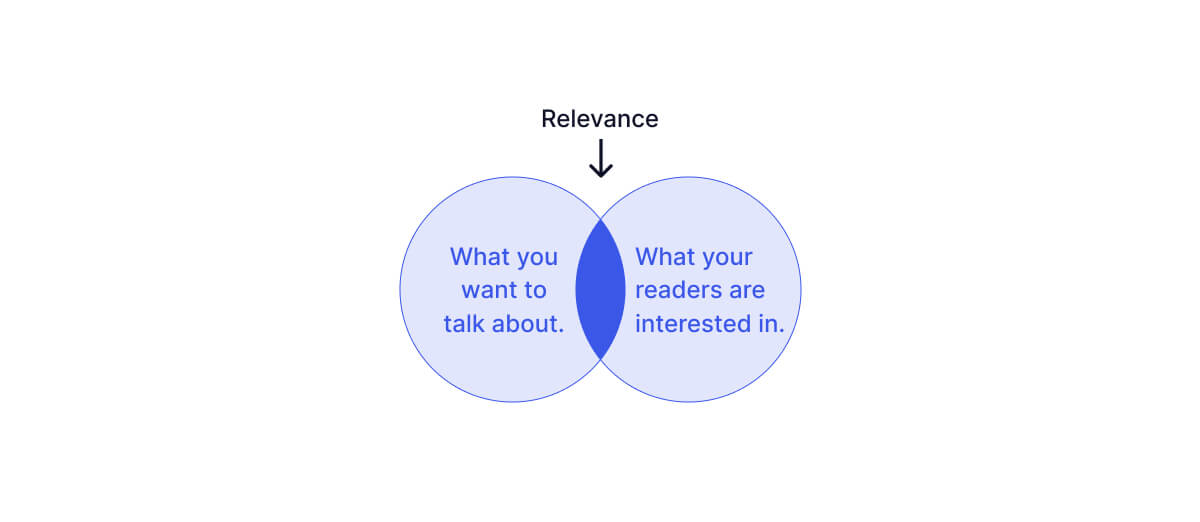
This will establish your reliability as a content writer, attract more visits to your content, and increase sharing rates.
Note: Don’t just make this file and drop it like it never existed. Instead, have it always in front of you when writing an article. It will bring your content enormous improvements.
2. Poor Researching
Poor researching is the sneakiest writing mistake because writers often overlook how much authenticity is relevant to readers.
To overcome this, take the time to investigate the subject you are writing about and learn more about it.
You can't expect to be an expert on every topic you write about, but you can be a great researcher - that will make you be an expert.
Even if you think your idea is strong, it's worth developing it further than rushing through the process and putting out something that's not up-to-par.
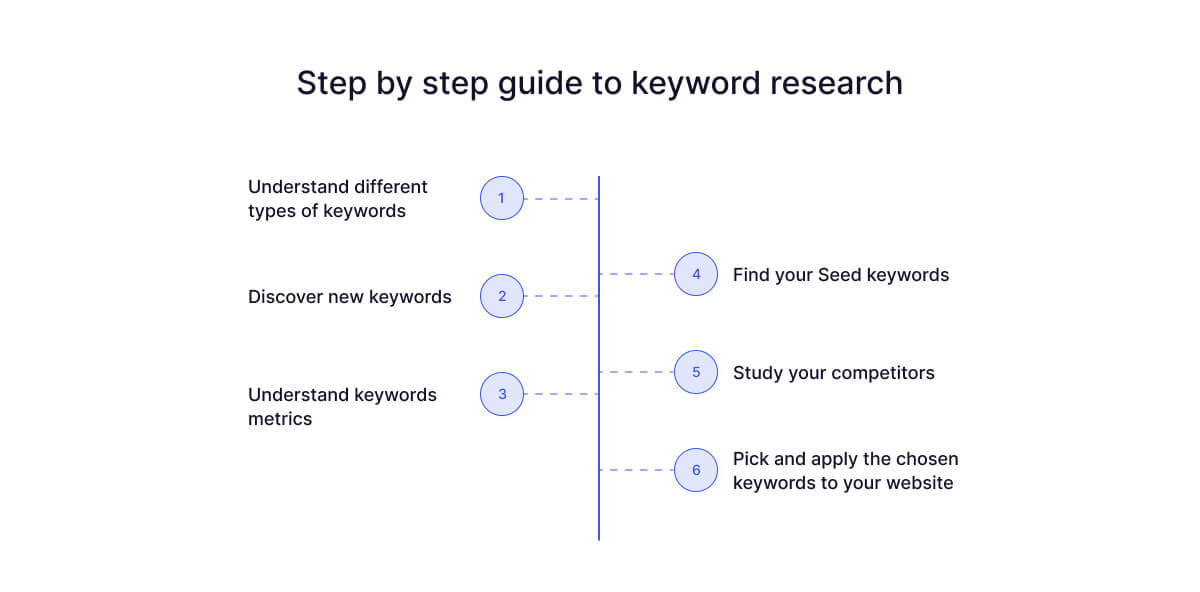
Not only your readers will recognize your content as a unique piece, but your knowledge and experience about the subject will help you write similar topics in the future.
3. Poor Or No Planning Of Your Content
Professional writers are planning out their content first before starting, while many other writers don’t.
This is one of the most usual content writing mistakes that can mess up the entire concept of your article and make it even harder to write.
To overcome this mistake it is essential to set a goal for your article — focus on a single problem or solution relevant to your audience.
You can break your topic down into chapters that will cover all relevant parts of the overall idea or solutions to the problem you are writing about.
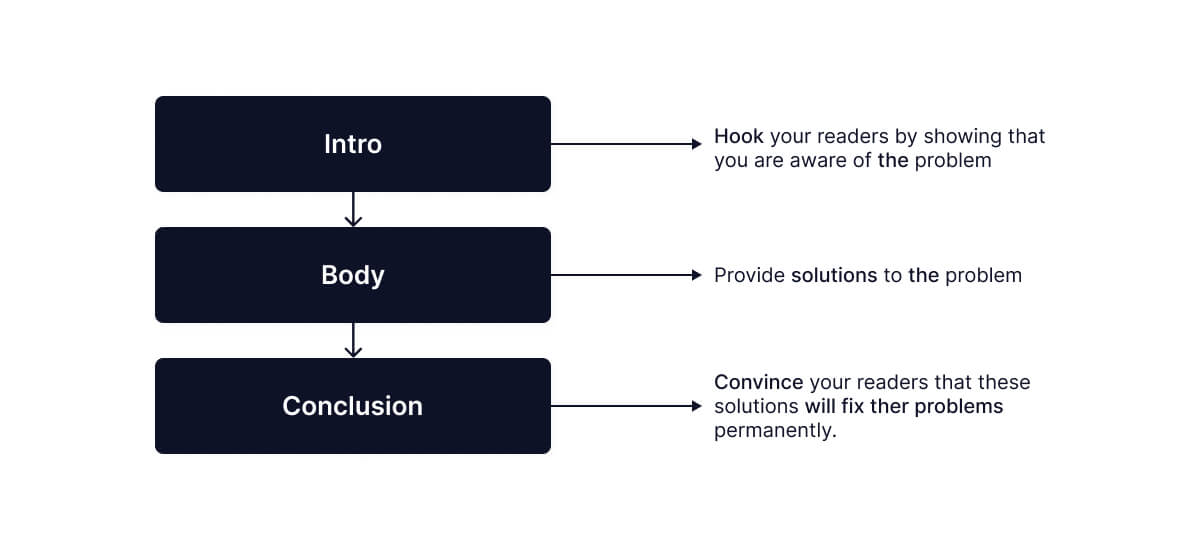
Planning your writing can also be as simple as figuring out what topics you’ll write about in the next week or month.
Your readers are already profound internet searchers, and they will make a difference when you put an effort to organize an article to be easy to navigate through.
4. Writing Boring Outlines
Attaching to the previous mistake it’s not enough just to create outline for the article.
Boring outlines reflect poor organization and can affect your credibility.
On the other hand, well-crafted outlines keep your article organized and make it easier for you to start writing.
Use your outlines like a road map to stand out the key points of your article.
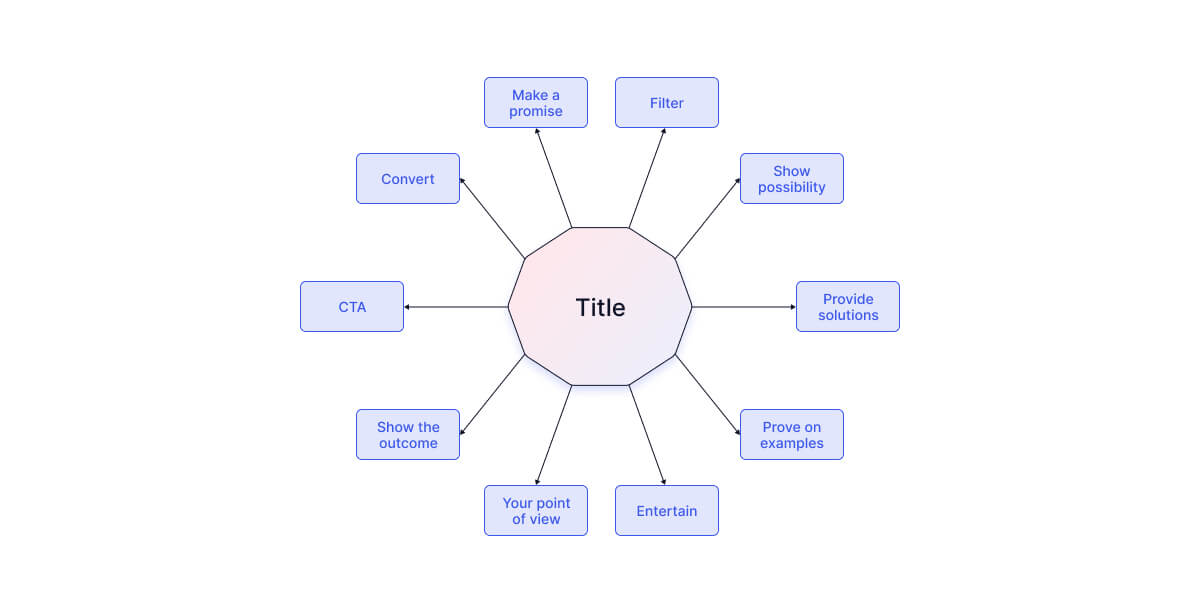
Outlines should entertain your readers to find out more about the subject, and each milestone needs to be stronger than the one before.
Make your article to be an unforgettable journey for the reader.
This way you will convince your audience that you know what you are talking about and keep them hooked until the end.
5. Not paying attention to SEO optimization
It's easy for authors to get into their own words and forget about SEO-optimizing while creating content.
This can cause the search rankings to drop because Google's algorithms don't see relevant keywords within the text itself – even though those same words might appear elsewhere on the page.
Don’t get discouraged, this is a very common content writing mistake that many writers make.
To figure out the best keywords for your article, it is important to do keyword research and understand what your readers are typing when they search for desired answers — the search intent.
Search Intent is the main goal that the user has in mind when typing a query into a search engine.
For instance, let’s say you want to buy an iphone 13, and you are curious to find out its price.
To find such information, you will need to type in Google: “iPhone 13 price.”
This way you are telling the search engine that you are not searching for any iPhone model, but you are specifying your search with the number “13”.

Once you start including these SEO-optimized keywords in your content, the search engines will be able to recognize your article as a relevant answer to the specific queries.
SEO optimization of your content is the most important factor to give your articles a major ranking boost.
6. Inconsistent Quality Of Your Content
The incoherent quality of your articles may give the impression that your work is only partially completed and that your expertise is limited.
So, the consistent quality of your content matters to your readers.
Once they label you as a trusted source, readers’ expectations can only grow — they always expect from you well-crafted content with valid information.
For example, you can write a killer blog post, but when it comes to writing web copy you can't get the right words.
The same goes for quality within the same article.
Here are some tips to keep the quality of your content always in line:
- Stay committed when writing extensive research on one subject — if one heading has examples and explanations, the other heading needs to follow through.
- Verify your facts — ensure that every piece of information you offer in your article is true and back it up with statistical and research data to avoid misleading your readers.
- Make sure that the length of the text is consistent — covering one heading with 400 words, and the other with 150 can leave an impression that you were just lazy to do the research properly.
By keeping your content quality consistent, your readers will never have to worry about getting anything but your best work.
7. Not Paying Attention To Formatting And Structure
Formatting and structuring your article may seem like an afterthought when we compare it with content creation.
However, it makes a huge difference in the way people perceive what they're reading.
When writing your article it is important to make it visually consumable and to point out all relevant fragments.
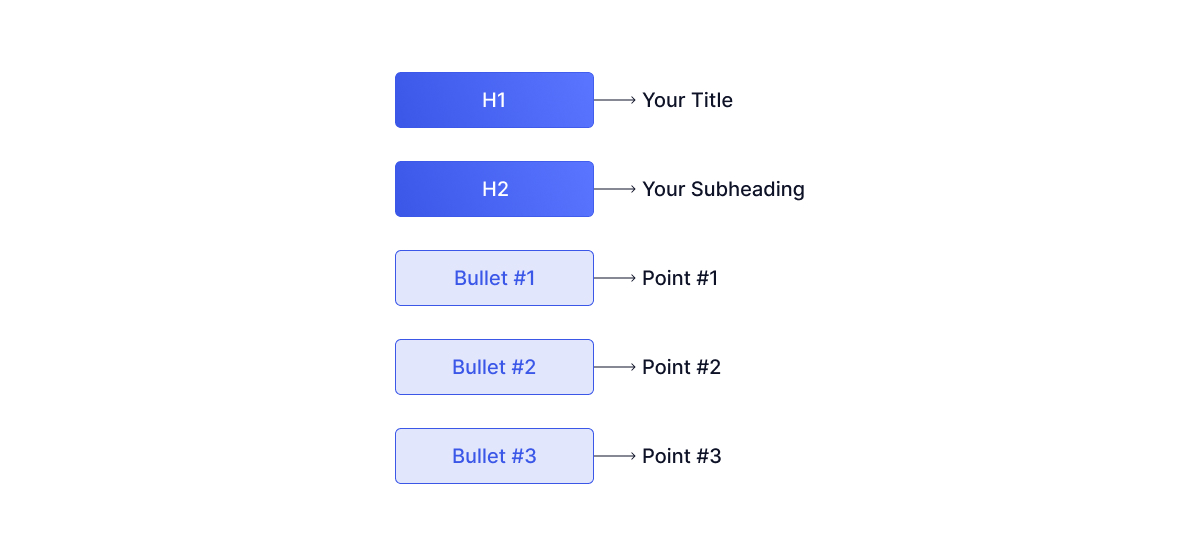
Failing to do so, your readers will not know how to distinguish what is important and what is not.
To better format your content you can use:
- H1, H2, H3 tags — to distinguish subheadings
- Bold text — to label specific text that is important
- Italic text — to stand out examples, questions, and notes
- Bullet points — to list the benefits of the solution you provide
- Number list — to list the steps that the reader needs to follow
If you format your content properly, your articles will look sophisticated and well organized which will make them easier to consume.
Good formatting and structuring helps readers to quickly find the answer they are looking for, and not get lost in 2000 words marathon.
8. Trying To Sound Smart
You certainly want your content to sound smart, but if it's too complex, people won't have the patience for it.
You don’t want your readers to use vocabulary to understand your article, or worse, to feel less intelligent because they can’t understand the complex words you use, right?
If you're writing for a highly educated audience with a keen interest in finance and business, use big words by all means.
But if you want to reach a wider net of an audience, stick to shorter words and shorter sentences.

By avoiding complex words in writing, your content will be easier to consume, and your readers will enjoy it more.
Clearness will help you decrease the bounce rate and will keep your readers engaged until the end.
9. Writing Content That Is Too Vague
Writing vague content is a content writing mistake that readers do not forgive.
This type of “technique” your readers consider lazy and bullshit writing, and when they come across such an article — they will leave it and never return.
Too general or unclear writing doesn’t engage people — it just leaves your readers confused and uninterested.
Here is a bad vague writing example using mysticism:

Including details and examples in your articles will give credibility to your content, and your readers will appreciate that effort.
10. Not Including Different Angles of Approach
When writing an article, including only one angle to the story will undoubtedly make it poor.
And your readers will get bored quickly.

The best way to overcome this mistake is to include multiple perspectives in your article.
For example, if you're writing about your own experience, you can include different perspectives— talk about how the situation affected other people.
You could also use other people's experiences to help explain why they think in a certain way.
Ask experts, make public polls, ask questions in community groups - see their angle.
This would give your readers something to think about and help them understand the topic better.
It's always good to use someone else's perspective to add depth to your argument so that it sounds like more than just a one-sided story.
11. Telling Without Showing
Telling without showing how to do something is a content writing mistake that can affect your conversion rates a big time.
When you are advising your readers to do something it is good to back that up with visuals and show them how to do that.
One of the reasons you need to do this is because people first scan through the content before decide to read it.
Providing only text in your articles without images, graphics or statistics is just plain text, and your readers hate to assume meaning behind the advice.
It is hard to consume and it is not nearly effective as the articles that include them.
Visuals combined with the text give your article credibility.

They help readers to follow through the article for a better understanding of how to put that solution into practice.
A good way to create images for your articles is by using tools such as Paint, Docs Drawing option, or Canva (it's free).
12. Forgetting A Call to Action
If there's no action that you want your readers to take when they finish reading your article, then why are you publishing it?
Your content should always have a purpose.
A call-to-action is an instruction to the audience to provoke an immediate response, usually using an imperative verb such as "call now", "find out more" or "visit a store today".
A CTA can be a word, phrase, or image that encourages your readers to take a specific action.
You can place CTAs on any form of digital or physical content that seeks to garner the attention of your audience.

Make sure to include a CTA such as a linked call-to-action button or a link, and be sure it’s relevant to the content and funnel phase where your readers currently are.
13. Forgetting To Proofread Before Publishing
As a content writer, there will always be people that judge your work and those who appreciate it.
On the other hand, if you publish an article that has grammatical errors and typos you can permanently demolish your reputation, and jeopardize your content credibility.
To catch those errors that you miss, it's a good idea to use AI tools such as Grammarly or to enlist the help of a friend or family member who has a good eye for details.
A content writing mistake as simple as a misspelled word or grammatical error can make your content look unprofessional, so always proofread before publishing.
To Sum Up
Remember that your goal is to be helpful and informative, and everything you write is for someone else's benefit.
With that in mind, you want your articles to send the right message — to get all your points across and to represent your credibility and dedication.
We hope that this article will help you bypass content writing mistakes and improve your writing skills that will ensure your articles becomes viral.
But, what if we tell you that you can do all of that, and even more, with just a couple of clicks?
By using AI tools such as TextCortex you can automate the entire writing process and never think about content writing mistakes ever again.
TextCortex is a use-case module-based AI tool, that uses a learning process to create an entire blog post based only on primary keywords and blog titles.
How does it work?
Its AI writers started with a use-cases knowledge base of 3 billion sentences — and it is still updating and growing.
This process allows TextCortex to generate human-like blog posts with high-quality output as a primary focus.
When your output is ready, all that is left for you to do is to edit it by adding a little bit of your personal touch and publish.
With TextCortex you can generate up to 10x more content than you are creating manually, and the best part is that the content quality is always the same.
In addition, it can take over 80% of your tedious writing work, which can leave you plenty of time to research and polish your topics.
Integrating TextCortex into your workflow helps you:
- Automate writing process
- Generate SEO-optimized content at scale
- Improve your writing skills
- Take care of content writing mistakes
- Save a lot of your writing time
- Dismiss writing block moments
It comes with 2 pricing plans:
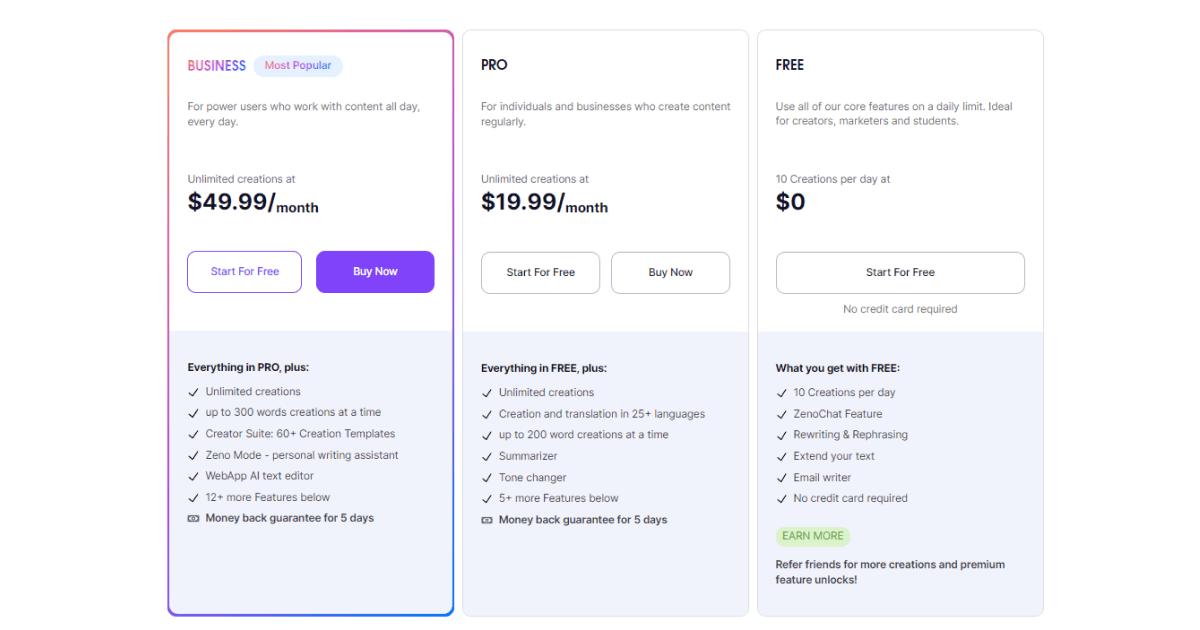
Sign up for free and watch how TextCortex enhances your writing skills instantly and turns your every article into an error-free masterpiece.

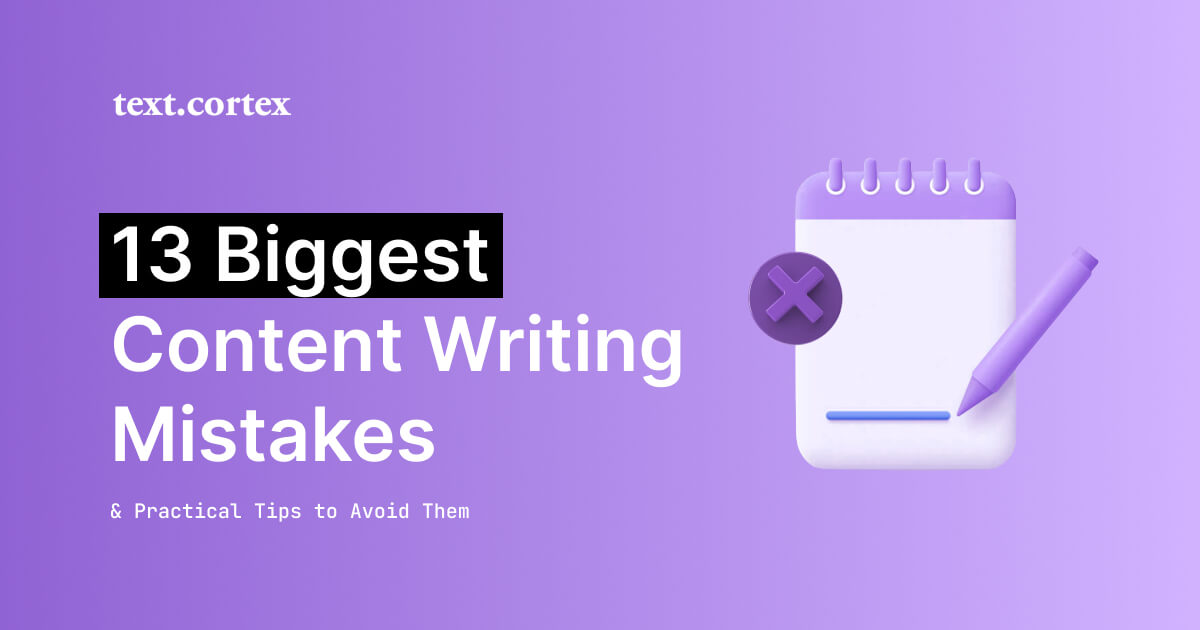
.jpg)
